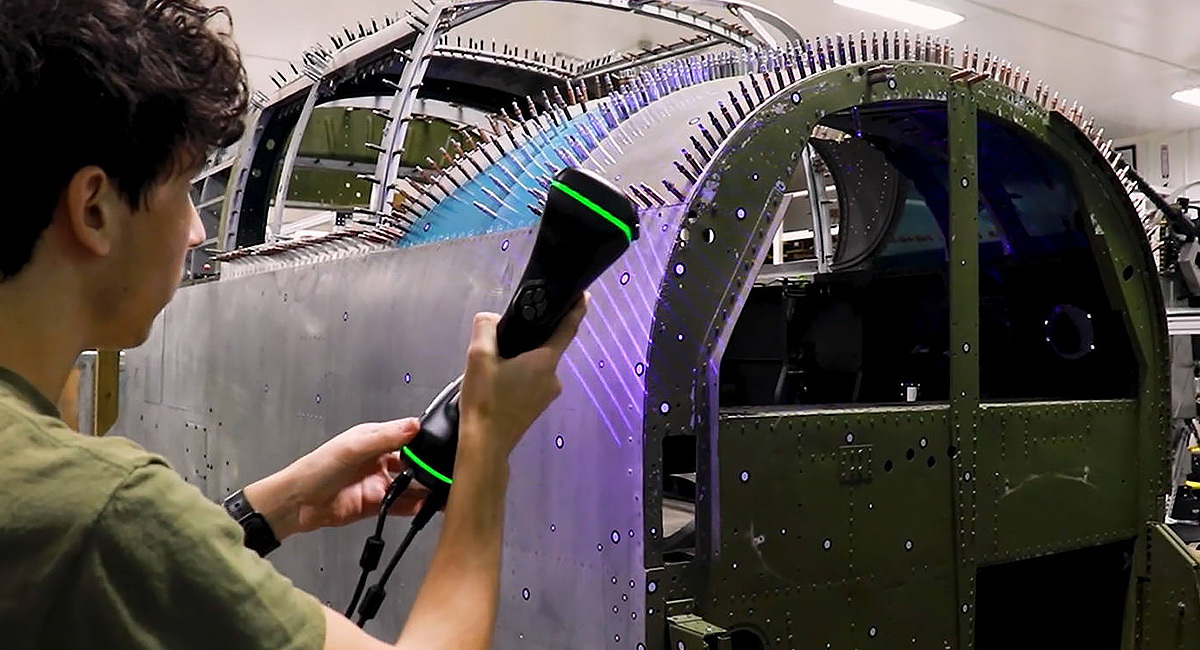America’s aviation history is a rich tapestry woven with tales of innovation, courage, and machines that defied gravity. Among these legendary aircraft, the B-25J Mitchell stands as a towering figure. This two-piston engine, propeller-driven medium bomber, a workhorse of World War II, is synonymous with stability, strength, and an enduring legacy that rivals even later jet-powered giants like the B-52.
Its distinguished past, however, isn't just confined to history books. In New Hudson, Michigan, the dedicated men and women at The Warbirds of Glory Museum are actively writing the next chapter for one of these famous flying machines: the B-25J Mitchell bomber known as the "Sandbar Mitchell."
The "Sandbar Mitchell" has a story as dramatic as any Hollywood script. In 1969, after serving a vital post-war role as a civilian fire bomber, it crash-landed on a remote sandbar in Alaska’s Tanana River. And there it remained for over four decades. It wasn't until 2013 that the museum's visionary founders, Patrick Mihalek and Todd Trainor, undertook the monumental task of recovering the aircraft and transporting it all the way to Michigan for an ambitious restoration.
Precision & Preservation: The FARO® Leap ST® at Work
Bringing a machine of this magnitude, with parts often damaged or completely missing, back to airworthy condition is a monumental undertaking. It’s not just about historical accuracy; it's about engineering precision. This is where modern technology steps in to bridge the gap between past and present.
Today, the Warbirds of Glory Museum relies heavily on advanced 3D laser measurement technology, and a pivotal tool in their arsenal is the FARO® Leap ST®. This cutting-edge device is revolutionising how they approach both quality assurance and reverse engineering tasks for the Sandbar Mitchell and other historic aircraft.
Imagine the challenge: replicating complex sheet metal parts for an aircraft designed in the 1940s, often with incomplete blueprints or only the mangled original as a reference. The FARO® Leap ST® shines in this environment. Its incredible accuracy allows the team to:
- Precisely track and measure the outlines of existing sheet metal parts, even those deformed from the crash.
- Compare these measurements instantly to original CAD models (where available), ensuring new fabrications meet exacting historical specifications.
- Perform rapid and accurate reverse engineering, generating precise digital models of parts that need to be re-manufactured from scratch.
This capability isn't just about achieving perfect fit; it’s about significantly reducing restoration time, minimising costly errors, and ensuring every component contributes to the structural integrity and historical authenticity of the aircraft. The FARO® Leap ST® transforms a painstaking, often trial-and-error process into a streamlined, high-precision operation, vital for a project of this scale and importance.
Educating the Next Generation
Beyond the incredible work of restoring aviation legends, the Warbirds of Glory Museum is deeply committed to the future. Through their robust student apprenticeship program, they are actively educating the next generation of manufacturing specialists, aircraft mechanics, and engineers. These apprentices gain invaluable hands-on experience, often working directly with advanced tools like the FARO® Leap ST®. This exposure to cutting-edge metrology in a real-world, historically significant context provides unparalleled learning opportunities, inspiring future innovators.
The Warbirds of Glory Museum is a nonprofit organisation, a true testament to the power of passion, precision, and partnership. They're not just restoring a plane; they're preserving a piece of American history, showcasing the incredible synergy between historical craftsmanship and modern technology like the FARO® Leap ST®, and inspiring the aviation and manufacturing leaders of tomorrow.
Watch the above video to see the FARO® Leap ST® in action and learn more about how this incredible nonprofit is bringing the "Sandbar Mitchell" back to life!



